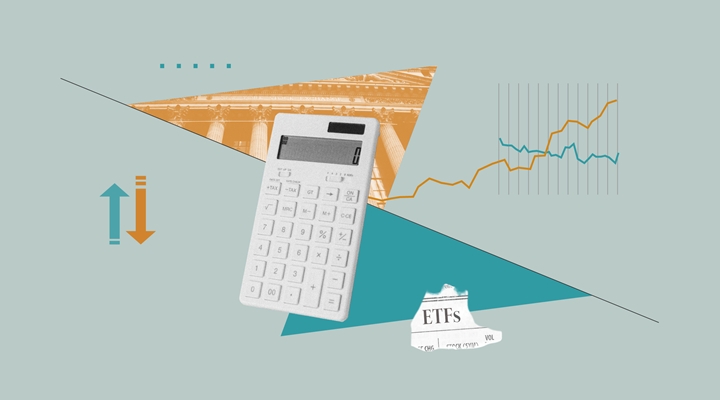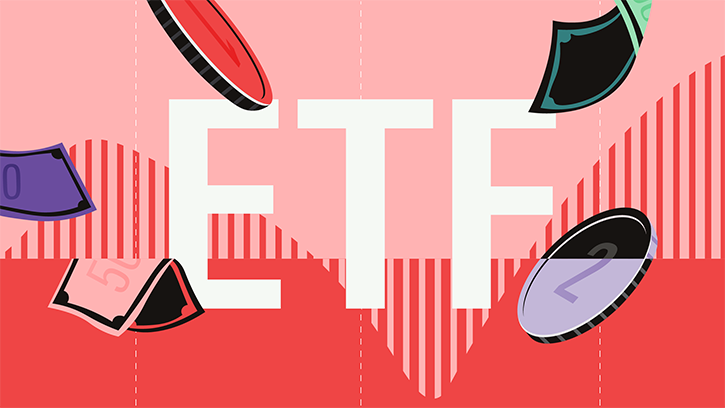The exchange-traded-fund (ETF) market is evolving fast. Investors now have access to a range of passively-managed products tracking indices which deliver active-like investment strategies. The market for “smart beta” ETFs, defined by Morningstar as “strategic beta”, is growing substantially.

The two key factors driving bond performance are interest rate risk and credit risk

So far, the bulk of assets and product development have been concentrated in equity market exposures. In fact, “strategic beta” and “equity factor investing” have become synonymous.
Meanwhile, assets in fixed income barely surpass 1% of the total strategic beta ETF marketplace and the number of products represents a small fraction of the total offering. Why is this?
When it comes to strategic beta, equity is a much more straightforward proposition than fixed income. The equity market is a much simpler environment where there is a one-to-one relation between a stock and the company it represents. By contrast, in the fixed income market any single entity be it a government or a corporation regularly issues a multitude of bonds with different characteristics – coupon, maturity, seniority – which determine differing patterns of behaviour.
In addition, the equity market operates on-exchange with a single consolidated and transparent pricing structure, whereas the fixed income market operates over-the-counter (OTC) and feeds from a multiplicity of pricing sources.
The structural simplicity has made it easier for academics to research the factors driving equity market performance such as value, momentum and volatility. This, as well as the enormous leap in the technological capabilities of the indexing industry, has paved the way for the development of benchmarks that isolate these well-researched factors. It was then only a matter of time before these indices were wrapped in passive funds such as ETFs and offered to the investor community.
Despite the focus on equity, ETF providers have attempted to develop strategic beta fixed income products. The underlying idea has always been that market cap weighting is not a rational way of investing, as investors become exposed to the most heavily indebted issuers; thereby assuming a great deal of risk. This is a simple marketing message that travels well. However, the reality of fixed income markets is more nuanced than that.
Indeed, any index built solely on this basis is bound to be highly defensive in nature. And there are many instances when being defensive is not a rational approach. Take for example the Eurozone sovereign debt market since mid-2012. Any rational investor should have opted to overweight peripheral – and most heavily indebted – issuers in a bid to benefit from the upside afforded by the ECB policy settings. Any index strategy biased to the safer issuers would have underperformed; not as the moniker suggests “smart”.
Of late, ETF providers have fine-tuned the marketing message; focusing on the issuers’ ability to pay rather than on their absolute level of debt. The combination of both a quantitative and qualitative macroeconomic assessment to determine an issuer’s real chances of default provides a more coherent exposure. However, these indices still retain a somewhat defensive tilt.
Despite these improvements, the potential for the development of strategic beta fixed income indices – and ETFs – remains largely untapped. The two key factors driving bond performance are interest rate risk and credit risk. Strategic beta indices which aim to shield investors from default risk only address one of these factors; and partially at that, given the defensive bias typically chosen for the strategy. Going forward, a greater focus from index developers on addressing interest rate risk on a dynamic basis would be welcome.
While overcoming the difficulties of capturing active-like fixed income strategies in benchmark form, developers also have to make sure that the indices are not just good theoretical constructs, but truly investable propositions. Failing that, the ability of passive fund providers to develop an offering of fixed income strategic beta will remain curtailed.





























